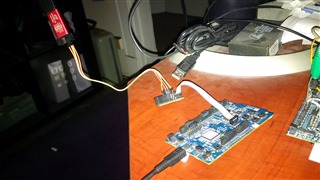Hello everyone,
I am refering to https://devzone.nordicsemi.com/f/nordic-q-a/29029/programming-nrf52-with-openocd/126175#126175
Is there any complete tutorial out there which solves the issue regarding the memory protection bit using only open-ocd and an ST-LINK V2?
The problem with all the posts here on the forum is, that I am not able to reproduce them since they are either really old or don't include the exact versions of the used libraries...
Thanks!



